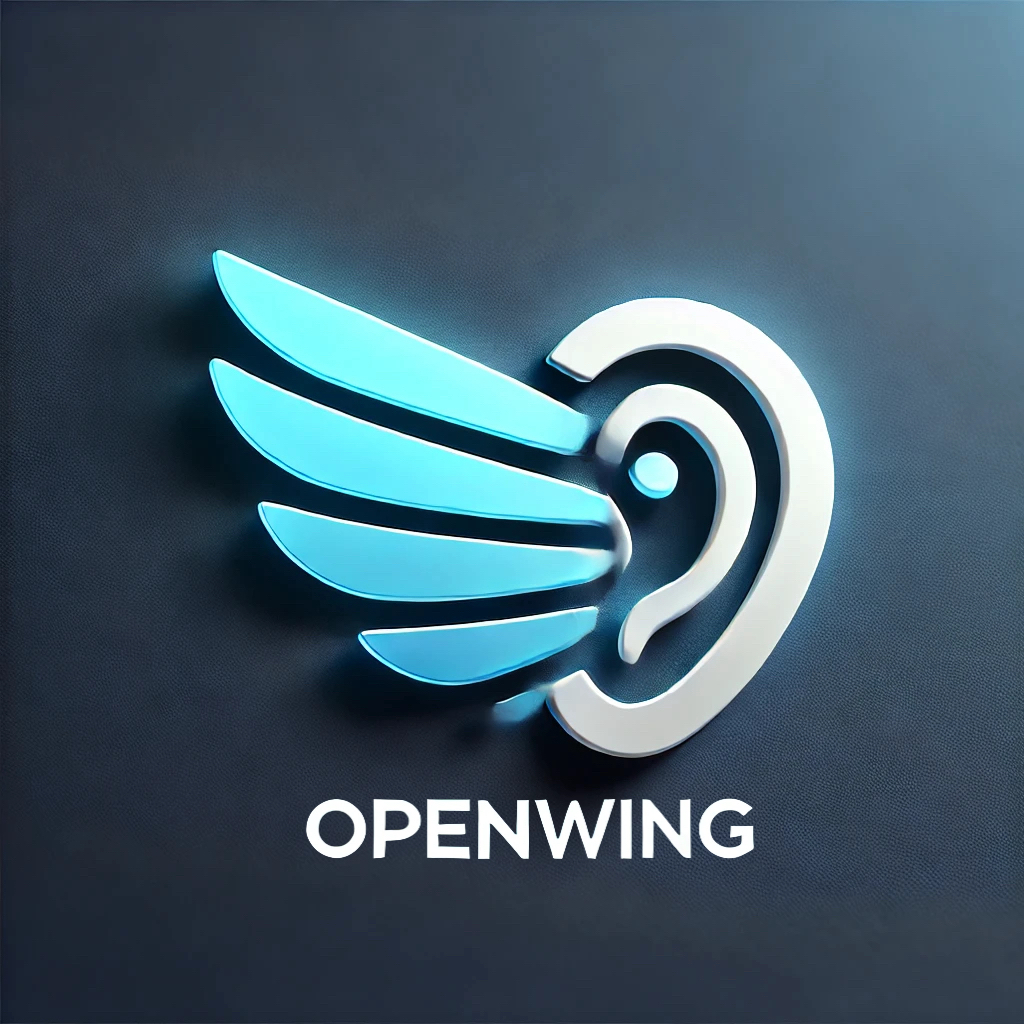Overview of Federated Learning Models
Federated Learning (FL) is a decentralized approach to training machine learning models that prioritizes data privacy. Unlike traditional methods that require data to be centralized on a server, federated learning allows models to be trained locally on user devices, with only model updates being shared with a central server. This approach enhances privacy by ensuring that raw data never leaves the device, thus complying with stringent data protection regulations.
How Federated Learning Works
In a typical federated learning setup, a central server initializes a model and distributes it to multiple client devices. Each device trains the model using its local data and computes updates based on this training. These updates, which are often encrypted for security, are then sent back to the server. The server aggregates these updates to improve the global model, which is subsequently redistributed to the devices for further training. This iterative process continues until the model reaches satisfactory performance levels.
Key Steps in Federated Learning:
-
Model Initialization: A global model is created and sent to client devices.
-
Local Training: Each device trains the model on its local dataset without sharing the data itself.
-
Model Update: Devices send their model updates back to the central server.
-
Aggregation: The server combines updates from all devices to refine the global model.
-
Iteration: The updated model is sent back to the devices for further training, repeating the process.
Advantages of Federated Learning
Federated learning offers several advantages over traditional centralized training:
-
Enhanced Privacy: Sensitive data remains on the device, reducing the risk of data breaches and enhancing user trust.
-
Reduced Bandwidth Usage: Only model updates are transmitted, which is significantly smaller than sending entire datasets.
-
Personalization: Models can be tailored to individual user data, improving performance on specific tasks.
-
Compliance with Regulations: Federated learning aligns with data protection laws such as GDPR, which mandate stringent data privacy measures.
Challenges in Federated Learning
Despite its benefits, federated learning faces several challenges:
-
Communication Efficiency: The process can be slow due to the need for frequent communication between devices and the server. Techniques like model compression and reducing the frequency of updates are being explored to address this issue.
-
Heterogeneity of Data: Data across devices can vary significantly, leading to challenges in model convergence and performance.
-
Security Concerns: While federated learning enhances privacy, it is still vulnerable to attacks such as model poisoning, where malicious updates can degrade model performance.
-
Incentives for Participation: Ensuring that all parties contribute high-quality data and updates can be difficult, necessitating mechanisms to encourage honest participation.
Applications of Federated Learning
Federated learning is increasingly being applied in various domains, including:
-
Healthcare: Hospitals can collaboratively train models on patient data without compromising individual privacy.
-
Smartphones: Applications like predictive text and voice recognition can be improved using federated learning, as seen in Google’s Gboard and Apple’s Siri.
-
Internet of Things (IoT): Federated learning enables real-time model updates based on data from smart devices, enhancing applications in smart homes and autonomous vehicles.
In summary, federated learning represents a significant advancement in the field of machine learning, offering a viable solution for training models on sensitive data while preserving user privacy. Its ongoing development promises to unlock new opportunities across various sectors, driven by the increasing need for data protection and personalized machine learning applications[1][2][3][4][5].
Further Reading
1. A Step-by-Step Guide to Federated Learning in Computer Vision
2. What is federated learning? – IBM Research
3. An Introduction to Federated Learning
4. An Introduction to Federated Learning – viso.ai
5. Federated learning – Wikipedia
Description:
Training models collaboratively across multiple devices without centralizing data
IoT Scenes:
Privacy-preserving model training, distributed IoT systems, and edge computing.
Privacy-Preserving AI: Training models on distributed IoT devices without centralizing data.
Edge AI: Enabling AI on edge devices with collaborative learning.
Distributed Learning: Improving model accuracy and robustness with data from multiple sources.
Decentralized Systems: Enhancing learning and decision-making in decentralized IoT networks.


